The Occupational Safety and Health Administration (OSHA) has issued a final rule to help alleviate chronic beryllium disease and lung cancer in American workers by reducing their exposure to beryllium and putting controls in place to limit and monitor employee risks.
While the final rule was originally schedule to take effect on March 21st, OSHA is now proposing to delay the effective date to May 20th to allow for further review and consideration.
Although there is a chance for this rule to be delayed, it is in the best interest of all employers and employees within construction and general industry to be aware of the effects of beryllium and the imminent requirements to come for their workplace.
Beryllium is most often used in forms of metal, oxide, or as an alloy combined with other commonly used metals. Workers in industries where the element is present may be exposed by either inhaling beryllium or contacting it on working surfaces. The possible resulting risks include developing chronic beryllium disease (CBD) or lung cancer.
In order to combat these risks and long-term effects associated with beryllium, OSHA’s new rule provides key requirements for employers to take action to reduce exposure. Here are the main four requirements:
- Decrease the permissible exposure limit (PEL) for beryllium to 0.2 micrograms per cubic meter of air, averaged over 8 hours.
- Establish a new short term exposure limit for beryllium of 2.0 micrograms per cubic meter of air, over a 15-minute sampling period.
- Require employers to use controls to reduce employee exposure to beryllium. Employers will be required to provide respirators when controls cannot limit exposure. Additionally, employers must develop a written exposure control plan and train workers on beryllium hazards.
- Require employers to make available medical exams to monitor employee exposure to beryllium and ensure medical removal protection benefits are in place for employees who obtain CBD or lung cancer.
Until further notice of a delay date of May 20th, all requirements will take effect on March 21st. Industries exposed to beryllium have one year from the effective date to comply with most requirements, two years to provide required changed rooms and showers, and three years to implement engineering controls (i.e. ventilation or enclosure).
If your organization is in need of assistance with beryllium control measures in the workplace, training on the topic, or written safety plans to comply with this new OSHA rule, please contact your STC point of contact or reach out to STC’s Business Development Manager, Ryan Brence (469) 358-8289 for more information.
“Final Rule to Protect Workers from Beryllium Exposure.” United States Department of Labor – Occupational Safety and Health Administration. 2 March 2017, https://www.osha.gov/berylliumrule/index.html.



